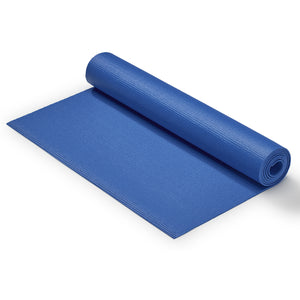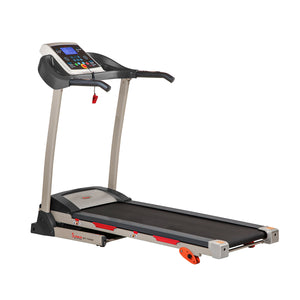Let’s be honest, we all love carbs. And while some carbohydrates are better than others, there are a few instances when loading carbs can be good for your exercise routine. And we’re not just saying that because National Pasta Day is around the corner (October 18).
When a person consumes larger amounts of carbohydrates than normal before an activity, we can say that an individual is “carb loading,” which is very common among many athletes and active individuals. When you eat enough carbohydrates, you create optimal energy storage in the body.
To Carb Load or Not to Carb Load
So how do you know if carb loading is something you should consider? First, let’s answer the most important question: Are carbohydrates good for you? Yes! In fact, carbs are a very important fuel source in your body. Carbohydrates are the easiest nutrient your body can digest and absorb quickly for energy. Your body also stores extra carbs in your liver and muscles for later use.
Now that we have determined carbohydrates are an important fuel source, lets look at some of the reasons you may want to incorporate a carbohydrate loading routine.
You should consider carb loading if you are going to attempt an activity that requires prolong energy—specifically any activity that exceeds 90 minutes. Exercises and movements that take more than 90 minutes to perform can significantly reduce carbohydrate stores in the body, which can lead to fatigue and decrease in performance. Conversely, carbohydrate loading is not beneficial for activities that are short. If you consume enough carbohydrates in your diet, activities under 90 minutes usually wont lead to carbohydrate depletion.
Carb Loading Strategies
If you feel like carb loading is a strategy you would like to try, here are a few typical strategies to help ensure you are getting optimal amounts of carbohydrates stored in your body for extended period of activity.
The Six-Day Loading Scheme
![]()
Consume 50 percent of your calories from carbs over the first 3 days. Then, consume 70 percent of your calories from carbs over the final 3 days before your extended activity. Over the six-day period you gradually decrease your activity levels so that your body can store extra carbohydrates.
The Three-Day Loading Scheme
![]()
Consume 4.5 grams per pound of body weight each day over a three-day period. No exercise is to be performed of the three-day period to ensure optimal carbohydrate storage.
The One-Day Loading Scheme
![]()
This is the simplest way to carb load. Just eat a diet of 4.5 grams of carbohydrates per pound of body weight while not exercising for that day.
Common Mistakes
Ⓧ Carb loading when you don’t need it. Remember, carb loading should only be considered for activities lasting longer than 90 minutes.
Ⓧ Eating the wrong amounts of carbs. Carb loading at minimum should be between 2.3-5.5 grams of carbs per pound of body weight. For example, if you weigh 200 pounds then you should eat 460-1,100 grams of carbs on loading days.
Ⓧ Exercising too much during a loading period. This will counteract the energy storage process since you will continue to burn carbs during exercise and not have as much stored.
Ⓧ Eating new or unusual foods. Choose foods that are familiar to you. If you have never eaten a whole plate of spaghetti, your stomach and digestive system might get upset from the unfamiliar food.
1. Carb Loading: How to Do It + Common Mistakes, Healthline, 2017. https://www.healthline.com/nutrition/carb-loading. Accessed 10 October 2018.
























Add Your Name & Email
Please enter your name and email to continue.We won’t display your email publicly.